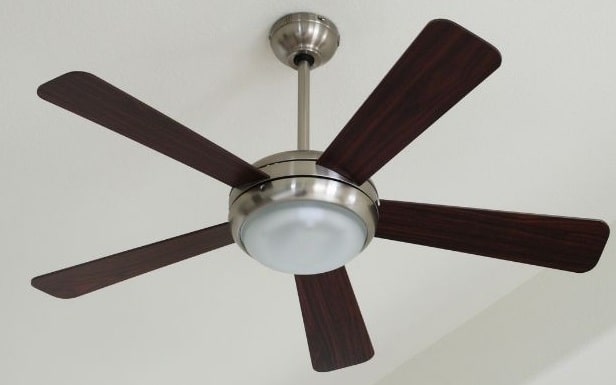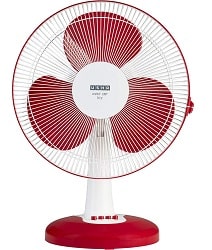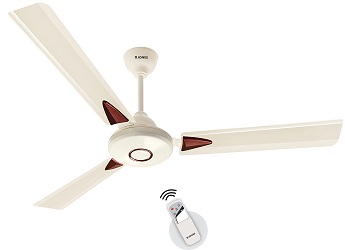A ceiling fan is one of the significant inventions of humankind. It is the easiest way to feel relaxed on a hot day. There are many types of ceiling fans available in the market based on size and shape. In the past ceiling fans are used manually, but now they are works on the electricity. Hereunder is the mechanism of the ceiling fans are discussed.

Electric supply
The first important this is the electric supply. A regular and stable electrical supply to the ceiling fan is necessary. All the latest ceiling fans are designed for a particular voltage and frequency of electricity. electric supply is directly connected to the motor of the ceiling fan. Most of the fans are work on the 110 or 220 voltage of electricity and 50 or 100 Hz energy.
Electricity is maintained at these parameters by the electric supplier or by a special device used for this work. This device can be installed in the house to regulate the electric supply. Most of the ceiling fans are works on the alternative current.
Capacitor
A capacitor is another crucial component of the ceiling fan. The capacitor is used in providing torque to the motor at the starting of the fan. This device provides a high electric charge to the motor in milliseconds.
There is one more important use of the capacitor in the ceiling fan. This is a fact that if any electric pathway contains a loop in it then it increases the resistance of the electric circuit. This increased resistance in the electric circuit of the ceiling fan leads to the heating of the fan as well as the waste of the electric energy. The capacitor decreases the resistance of the circuit and leads to decreases in energy uses.
The motor of the Fan
The ceiling fans contains a motor in them. This electric motor converts electrical energy into mechanical energy by using electric and magnetic fields. The motor contains many parts in it that all are important for the smooth functioning of the ceiling fan. There are many parts of the electric motor they are; coil, magnetic poles, brushes, and ball bearing. etc.
- The first part is the brushes, they are used to supply the electricity continuously to the coil while the motor is rotating. There are two brushes in the coil.
- Ball-bearing is used in the axis of the ceiling fans. These small balls are used to decrease the friction due to the rotation of the ceiling fan.
- Magnet is also there in the motor that creates magnetic fields. This field interacts with the electric field and pushes the coils in the circular pathway.
The coil is the most important part of any motor. The electric current flows from the coils of the motor. When the current passes through the circuit, the coils emit the electric field around it. These electric fields interact with the magnetic field produced by the north and south poles.
Regulator
Ceiling fans are connected to a regulator, which controls the power supply. There are usually five different speed settings to choose from. At the lowest setting, the regulator is supplying lower voltage, and at the higher speed setting, the voltage is maximum.
Thus, the control on voltage let you adjust the desired speed. Some fans have an in-built speed control function that is controlled by pulling the chain connected to the ceiling fan. So, a ceiling fan works on the simplest mechanism to help you effectively get rid of summer’s heat.

Santosh Kumar is an editor at unfoldstuffs.com and a professional content writer. With years of experience he is passionate for creating engaging, informative and impactful topics.









